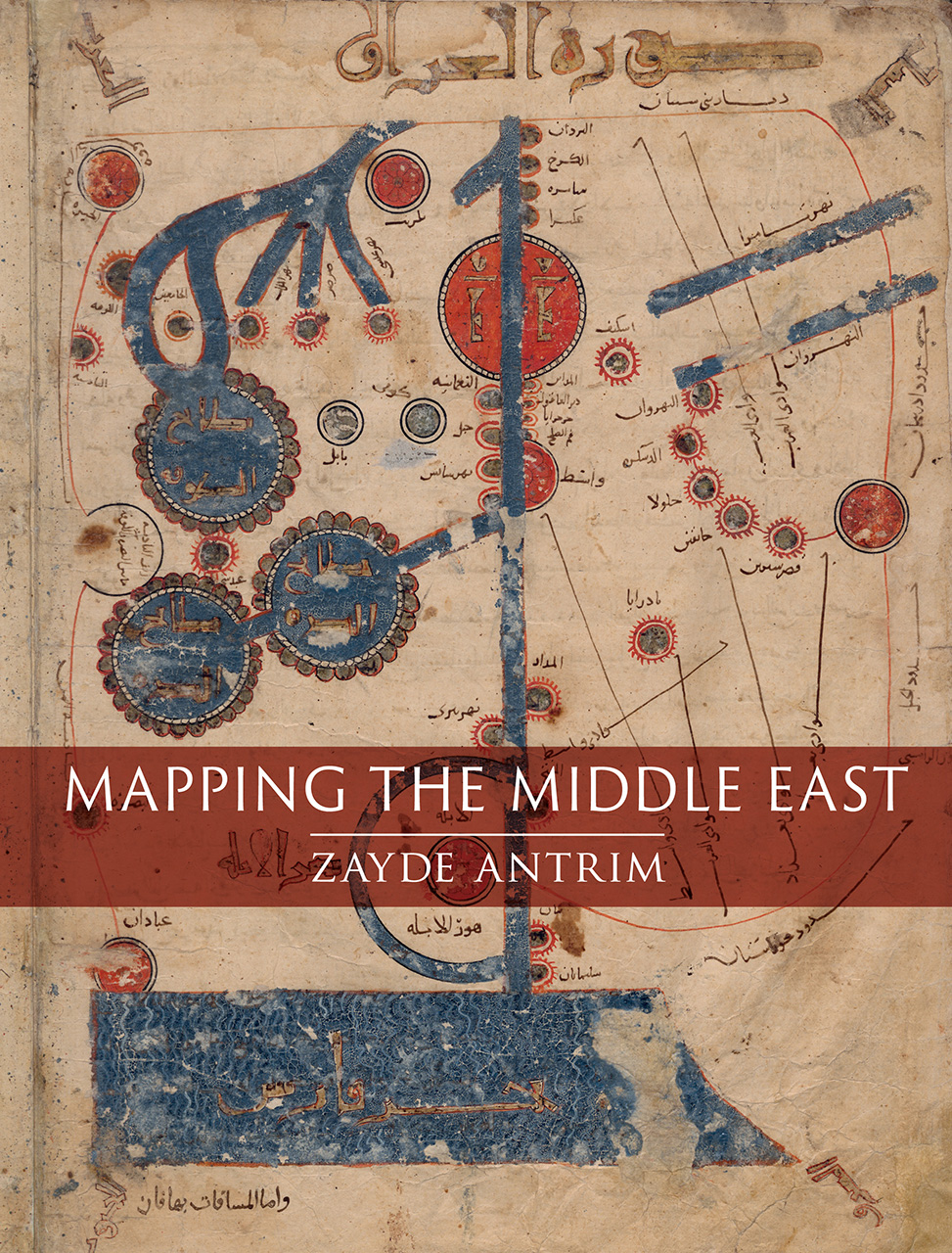
Mapping the Middle East
GRAHAM CHANDLER
Zayde Antrim
2018, Reaktion Books, 978-1-78023-850-0, £35 hb.
The earliest surviving paper maps of the Middle East are found in Arabic manuscripts dating to the 11th century CE. In this analysis of a millennium of cartography of the ever-changing region, Antrim provides welcome insights into the evolving function and meaning of its maps. This detailed and lavishly illustrated volume spans the “realm of Islam” (11th–16th centuries), where maps served more as memory aids than accurate geographical representation: Ottoman mapping traditions; European colonial mapping; and 20th-century national mapping. It shows that from the start—well before the birth of nationalism—citizens imagined land in relation to aspects of belonging. While early Islamic maps bear little resemblance to modern maps, over the centuries people in the Middle East deliberately chose what, how and why to express this sense of “home” via maps. Academic yet highly readable, this book presents the history behind the maps.
You may also be interested in...
.png?cx=0.45&cy=0.59&cw=382&ch=519.4922937443337)
New Book Decodes Mystery Behind Sixth Century Mosaic Pavement
Jane Chick’s 2024 study on enigmatic Libyan mosaic bridges Late Antiquity Roman and early ecclesiastical art.
Asma Khan’s Monsoon Cookbook Reclaims Taste of Home—Our Book Review
Known for her all-female kitchen at London’s Darjeeling Express, Asma Khan transforms her new cookbook into a memoir, steeped in nostalgia.